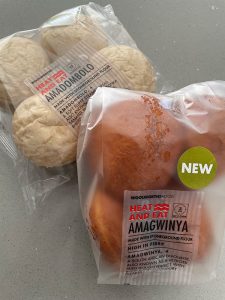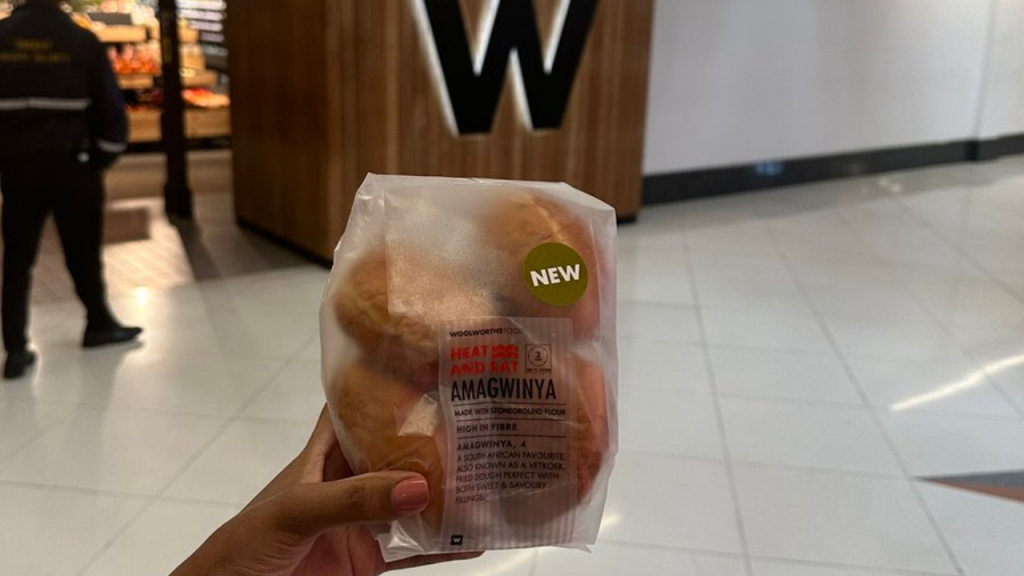Social media is abuzz with excitement over the new Heritage line by Woolworths. The line includes amadombolo: A soft fluffy steamed bread, also known as Ujeqe and Isonka Samanzi. Perfect with braais, bhisto, stews and curries. As well as amagwinya: A South African favourite, also known as a vetkoek. Fried dough perfect with both sweet and savoury fillings.
We spoke to AC Kolver – food product developer for Woolworths bakery about the inspection behind these products that went viral during the heritage month.

What was the inspiration behind the new Woolies Heritage lines?
What are some of the memories you have attached to these food products?
Do you think these are shared experiences throughout South Africa? Across our team we all have unique memories of these products growing up, I vividly remember eating Vetkoek, either with mince or with apricot jam and cheese, and my colleague (Nomfundiso Makalima – our bakery technologist) used to enjoy Amagwinya with Rooibos tea at breakfast, and savoury filled Amagwinya for lunch at school and as an on-the-go snack.
Amagwinya and amadombolo are traditionally consumed immediately. How are the ready-made amagwinya and amadombolo different from the homemade ones? What’s the secret ingredient to making sure that these two items preserve their freshness?
We started with homemade recipes and through various trials made minor process changes. Packing these products at the correct temperatures is one of the key aspects helping us preserve them.
@sirkeagan Heritage Month Treats 🇿🇦 @Woolworths SA #WooliesNewness #WooliesFood #WooliesFinds #KeaggzFoodie #amadombolo #amagwinya ♬ Water – Tyla
How have you incorporated the original amagwinya and amadombolo tastes into the recipe development while making sure to include the “Woolies” flair to them? For example, what does the stoneground flour add to the overall taste?
We used local, stoneground flour in the production of both products, and whilst we were in the development phases, we shared samples of them with our broader teams working at our facilities across the country. Our intention was to get feedback from multiple people from different cultures on everything from what they looked like, to use (serving suggestions), flavour and, quite critically, price point. We tried our utmost to make these accessible and affordable without compromising our Iconic Woolies quality.
Can we expect more Heritage lines in the future? Will these products be available beyond Heritage Month as there has been great demand for them, and they are enjoyed daily by many South Africans?
It is our goal to offer culturally relevant products on the counter all year round, hopefully expanding where we identify any gaps and listening to what our customers want to see at Woolies.
What was the thinking behind packaging the products in fours instead of sixes?
Packaging the products in fours instead of sixes was based on customer feedback, to cater for smaller families and couples, and to ensure we offer an accessible price point.
ALSO SEE: Using indigenous ingredients in your kitchen
Article originally written by BONA Staff
Feature image: Source: Twitter/ @khalipha_ntloko

